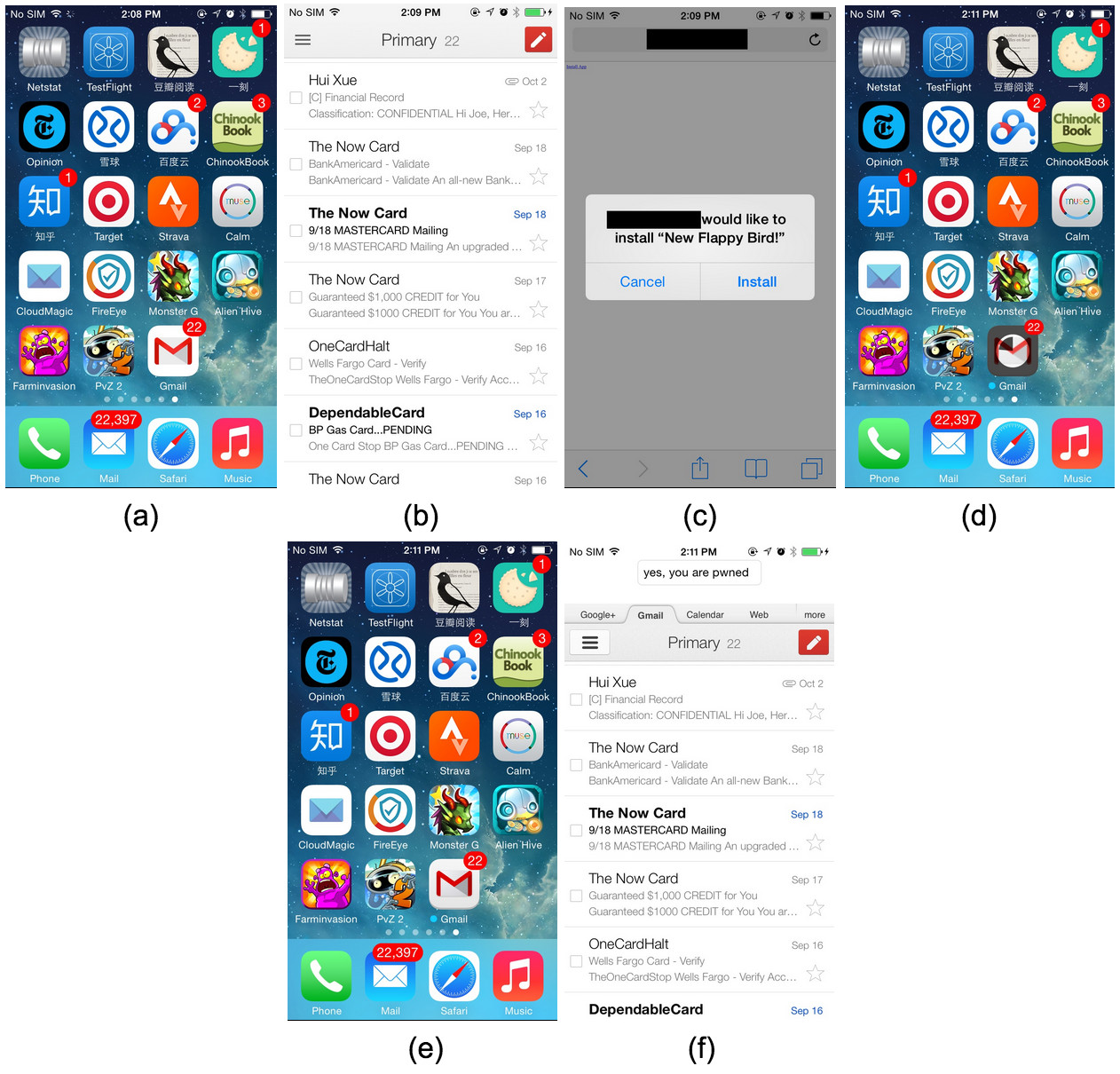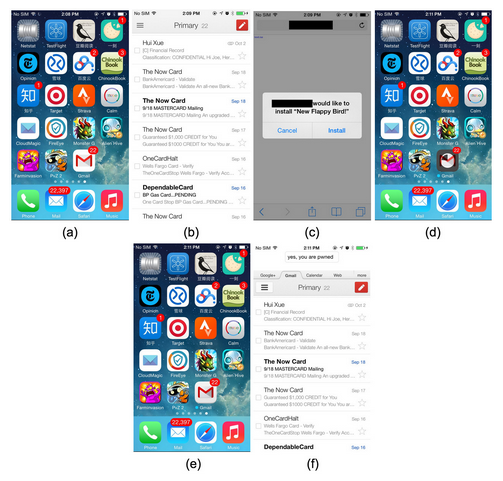


#FAKE APP ATTACK DOWNLOAD#
"You download it, then suddenly your bank app gets updated, you still think it is the regular bank app, and it's now recording your login information, your password, and whatnot," said Carey.
#FAKE APP ATTACK UPDATE#
Or say you get an email that appears to be from your bank telling you to download an update to the bank's app.

For example, Carey says, "If you are getting something from your work, it looks like a work email asking you to download an outside app, just call your boss and ask 'did you really send me this email? Did you really want me to download that?'" To avoid the hack, don't download apps from a link, no matter how legitimate it looks. The FBI has released 1 a Private Industry Notification (PIN) stating that their Cyber Division has detected a new phishing campaign roaming on the internet. FBI has identified that a fake Truist Financial SecureBank App is developed to spread malware. The cybersecurity company FireEye, which first disclosed the masque attack vulnerability on Monday, says Apple is working on a fix. FBI warns about attacks distributing RATs posing as financial institutions. It is replacing an app that you once trusted." And the weird thing about these apps is that you don't get a new icon on your screen. a pop-up saying 'are you sure you want to download this?' And if you hit 'yes' then you have the bad app. Some of the other URLs used look less convincing, but you should always keep an eye out when clicking on links as some might have URLs that seem reasonable.Carey says to heed that "red flag. For example, one attack comes from an email attache to "." That website is not affiliated with Microsoft or the IRS. To keep yourself protected, make sure the check the URL and source of emails and websites. The firm states, "Additionally, since Microsoft Teams is linked to Microsoft Office 365, the attacker may have access to other information available with the user's Microsoft credentials via single-sign on." Abnormal Security highlights that because Microsoft Teams is linked to Office 365, a successful phishing attack on a person's Microsoft Teams account could also grant access to people's Office 365 account. On May 1, 2020, Abnormal Security reported that between 15,000 and 50,000 inboxes received emails as part of the phishing attack. Recipients would be hard-pressed to understand that these sites were set up to misdirect and deceive them to steal their credentials. The attack campaign says the user must download an app for a popular adult site to view their desired content. An infection begins when a user visits a suspicious adult-themed website.
#FAKE APP ATTACK ANDROID#
The webpages and the links the email direct to are visually identical to legitimate Microsoft Teams and Microsoft login pages. Koler ransomware is masquerading as fake adult-themed apps to infect unsuspecting Android users based in the United States. The email and landing page the attackers created were convincing. Even if someone is familiar with Microsoft Teams, the phishing attack uses cloned imagery from Microsoft that is convincing.Ībnormal Security summarizes how convincing images and URL redirects create an effective attack: As a result, many people won't be familiar with what types of notifications the service sends out. With Microsoft Teams reaching 75 million daily active users recently, tens of millions of people are using the service for the first time. The phishing attack is particularly dangerous because millions of people are using Microsoft Teams for the first time due to the current global health crisis. Abnormal Security first discovered and reported on the attack. The page asks people to log in to their Office 365 account, but actually just steals people's login details. Clicking on links within the emails goes through several URL redirects to cover up the attack and ends up on a realistic fake Office 365 login page. The attack used cloned imagery to send convincing emails that pretends to be Microsoft Teams notifications. A new phishing attack was discovered toward the end of last week that aims to steal people's Office 365 login details.


 0 kommentar(er)
0 kommentar(er)
